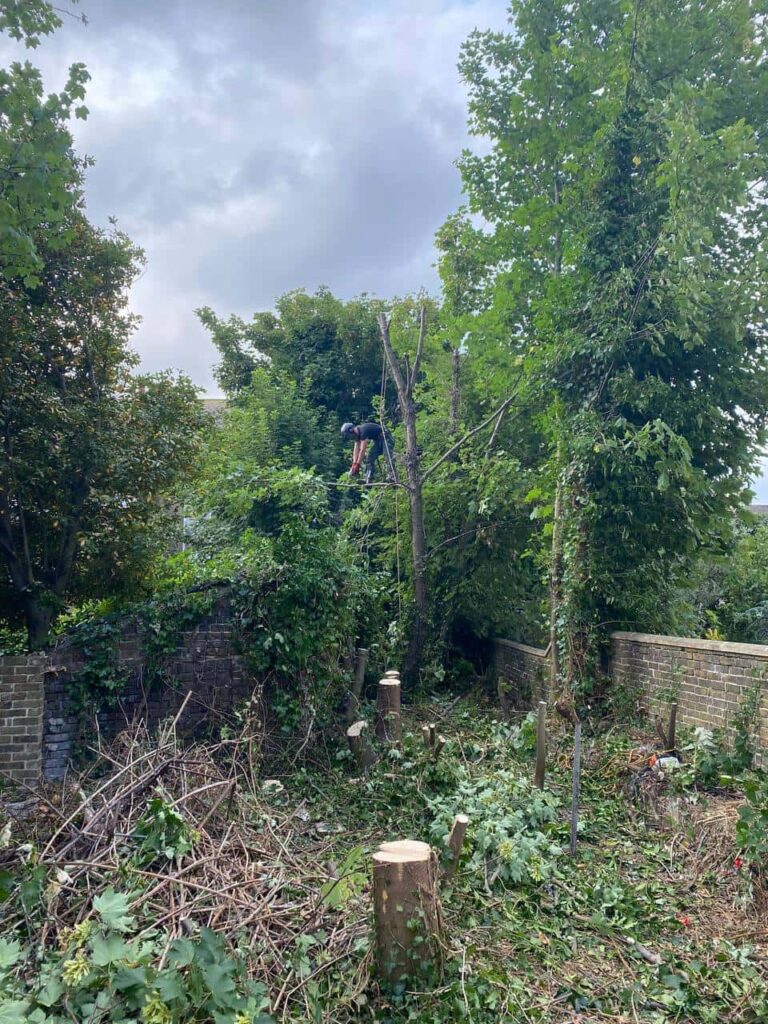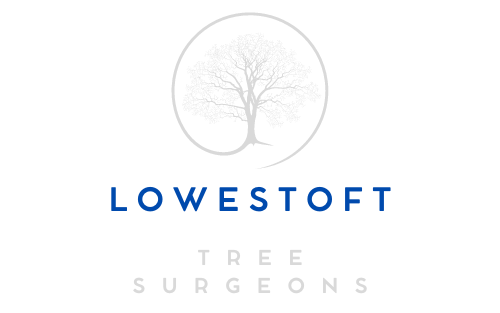Crown Reduction Explained: How to Keep Your Trees Safe and Strong
Introduction
Crown reduction is one of the most common and beneficial tree surgery techniques, yet many homeowners in Lowestoft, Suffolk, are unsure what it really involves. Unlike general pruning, crown reduction focuses on reducing the overall size of the tree’s canopy while maintaining its natural shape and health. This isn’t about hacking trees back; it’s a strategic process that improves both safety and aesthetics.
At Lowestoft Tree Surgeons, we perform crown reductions with care and precision to ensure trees remain healthy, well-structured, and suited to their environment. Whether you’re concerned about storm damage, light restrictions, or simply want to improve your tree’s appearance, understanding how crown reduction works will help you make an informed decision.
What Is Crown Reduction?
Crown reduction is the process of reducing the height and/or spread of a tree’s crown—the upper branches and foliage—without damaging its overall structure. It’s a delicate balance between cutting enough to address the problem and preserving the tree’s integrity.
Goals of Crown Reduction
- Improve safety by reducing the risk of falling limbs
- Prevent overgrowth near buildings or power lines
- Reduce shade or wind resistance
- Maintain the tree’s natural shape and appearance
Unlike topping, which is a harmful and outdated method of tree reduction, crown reduction involves thoughtful pruning back to healthy lateral branches. It’s a technique that preserves tree health rather than compromising it.
When Is Crown Reduction Needed?
Safety and Risk Management
Trees that have grown too large or show signs of stress may become dangerous. Heavy crowns can make trees top-heavy and more likely to suffer in storms. Reducing the crown helps lower the risk of falling branches and structural failure.
Structural Balance and Clearance
Crown reduction is ideal when a tree’s size is encroaching on buildings, roads, or footpaths. Rather than removing the tree altogether, this method allows it to coexist safely within limited space.
Improving Light and Airflow
A dense canopy can block sunlight from reaching your garden or home. By thinning and reducing the crown, light is allowed to pass through, improving the health of surrounding plants and reducing damp, shaded conditions.
The Crown Reduction Process at Lowestoft Tree Surgeons
Site Survey and Tree Assessment
We begin with a detailed inspection of the tree to assess its species, condition, and surrounding environment. This ensures the reduction will be both appropriate and beneficial.
Selective Pruning
Branches are cut back to lateral limbs that are large enough to sustain the remaining branch structure. This maintains the tree’s shape and encourages healthy regrowth. No random cutting—only targeted, purposeful pruning.
Clean-Up and Aftercare
We remove all cuttings and debris from the site and can offer guidance on post-pruning care. Trees may need a period of monitoring after crown reduction, especially if they’re mature or had large sections removed.
Benefits of Professional Crown Reduction
Preserves Tree Health
By following correct pruning techniques and making clean cuts, we reduce stress on the tree and lower the chance of disease entering through open wounds.
Enhances Appearance
Trees look neater, more proportionate, and better suited to their surroundings after a properly executed crown reduction. We work to maintain the tree’s natural character while reducing its size.
Supports Long-Term Stability
Reducing the crown can improve balance and reduce the chances of future limb failure. This is particularly important in areas prone to high winds or heavy snow.
Common Signs Your Tree May Need Crown Reduction
- Overhanging branches threatening roofs, wires, or pathways
- Trees becoming too large for their location
- Visible signs of strain, such as splitting or leaning
- Excessive shading or restricted light in the garden
- Recent damage from storms or high winds
Crown Reduction vs Other Techniques
Crown Thinning
Rather than reducing size, crown thinning removes select branches to improve light and airflow. It’s less drastic but useful for minor structural adjustments.
Crown Lifting
This technique removes lower branches to increase clearance beneath the tree. Often used near walkways or roads to provide safe access.
Full Tree Removal
Only considered when a tree is dead, dying, or poses a severe risk. Crown reduction is a preferable option when tree preservation is possible.
Why Choose Lowestoft Tree Surgeons
At Lowestoft Tree Surgeons, we take pride in delivering precise and professional crown reductions tailored to each tree’s needs. Our knowledge of native and ornamental species in Lowestoft, Suffolk, ensures we apply the correct method for each unique situation.
With the right approach, crown reduction enhances safety, promotes healthy growth, and improves the relationship between trees and their environment. We’re committed to helping clients maintain safe, attractive landscapes that complement their homes and properties.
Conclusion
Crown reduction is far more than just trimming a few branches—it’s a vital technique that safeguards trees while adapting them to their environment. Whether you’re dealing with a tree that’s grown too large, is blocking light, or poses a safety concern, a well-executed crown reduction provides a practical and long-lasting solution.
If you’re in Lowestoft, Suffolk, and looking for expert tree care, Lowestoft Tree Surgeons is here to help. With an experienced team and a deep respect for the local landscape, we offer reliable crown reduction services that keep your trees safe, strong, and thriving.
Call us on: 01502 441 299
Click here to find out more about Lowestoft Tree Surgeons
Click here to complete our contact form and see how we can help with your tree needs.

